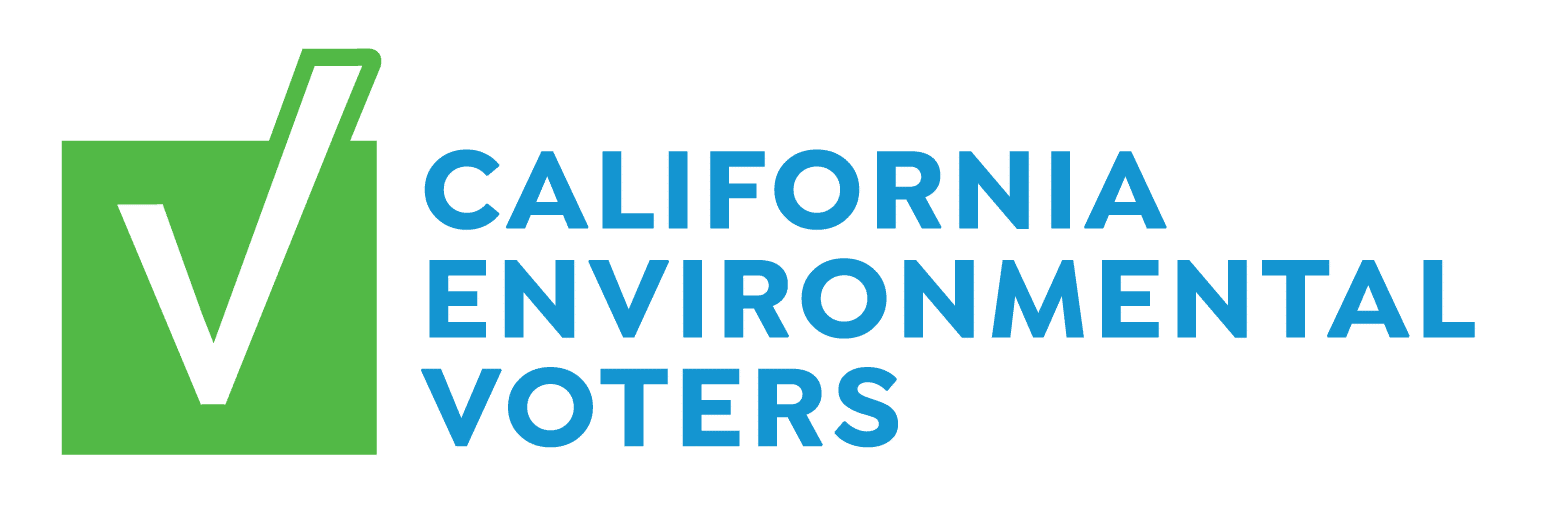
Firefighters, public health and safety advocates, green building professionals and environmentalists agree: It’s time to get toxic chemicals out of our homes and buildings.
The good news is that a bill that will reduce Californians’ exposure to toxic, ineffective flame retardant chemicals passed the state legislature and, just days ago, was signed by Governor Jerry Brown.
Thanks in part to Governor Brown’s leadership, California has also recently taken important steps to get toxic flame retardant chemicals out of our furniture. But California’s outdated laws governing flammability standards have led to toxic flame retardant chemicals virtually everywhere in our environment, including in building insulation inside the walls of most buildings. The new law, AB 127, asks the state Fire Marshal and the Building Standards Commission to review California’s flammability standards for those insulation materials.
Retired San Francisco Fire Captain Tony Stefani, a 28-year veteran of the Department, has been a particularly compelling advocate for AB 127, authored by Assemblywoman Nancy Skinner. Tony knows all too well the dangers of ubiquitous flame retardant chemicals. He was diagnosed with a rare form of cancer usually found in people who work in the chemical industry, and believes the cause was years of exposure to toxic flame retardant chemicals in addition to carbon monoxide, smoke, and soot in burning buildings.
Tony and the organization he founded, San Francisco Firefighters Cancer Prevention Foundation, are among those applauding the passage AB 127, which calls for updated building standards that regulate the foam plastic insulation widely used in buildings. The insulation that makes our buildings more energy efficient also contains harmful flame retardant chemicals that don’t actually increase fire safety. Building standards can be modified to ensure fire resistance in building construction without having to rely on toxic, dangerous flame retardant chemicals.
A 2012 investigative report by The Chicago Tribune — “Playing with Fire” — revealed that the chemical industry lied for years about the protective benefits of flame retardant chemicals, and there’s little evidence that they even work the way they’re intended. But there is plenty of evidence that these chemicals actually cause harm.
The chemicals are known to be toxic, with health effects including reproductive and developmental impacts, and the potential to cause cancer as chemical residues accumulate in blood, fat tissue and even breast milk. They also needlessly put firefighters’ health at risk, since firefighters are exposed more than anyone else to the toxic by-products of burning chemicals.
To be clear, the new law isn’t a ban on the chemicals in building insulation, but will allow for healthier, greener options for builders and consumers. The San Francisco Chronicle reports:
Under the law, officials will have to consider whether flame retardants are necessary for fire safety in light of studies that show that some of the most commonly used compounds have dangerous or unknown health effects. The law does not outright ban the chemicals. Skinner said that would have been a tough sell in the state Legislature, where the chemical industry has poured millions of dollars into defeating proposals to restrict or outlaw flame retardants.
“It was more important to at least have the ability for building professionals and consumers to be able to get foam without chemicals than to ban” the chemicals, she said. “Because with the standard right now, we don’t have the option to get it or use it without chemicals.”
Foam insulation came into widespread use a half-century ago to make buildings more energy-efficient. Manufacturers have never been directly required to include flame retardants in their foam, but have used them anyway to pass tests mandated by U.S. building codes adopted in the 1970s.
Studies have found that the two most used flame retardants in foam insulation are HBCD and TCPP, which can enter the environment and be inhaled or ingested because they aren’t chemically bonded to the insulation. HBCD has been shown in animal studies to disrupt hormones and harm the developing nervous system, while TCPP is considered a potential carcinogen.
On the heels of the launch of California’s new “green chemistry” rules on October 1, the passage of AB 127 is yet another important step forward in protecting Californians from exposure to toxic chemicals.


